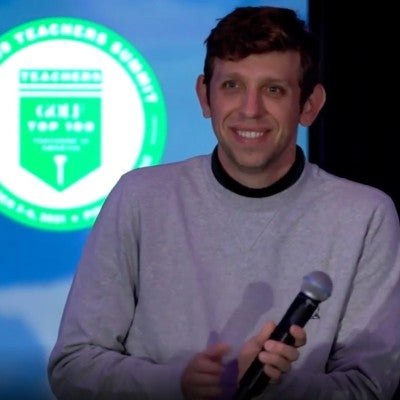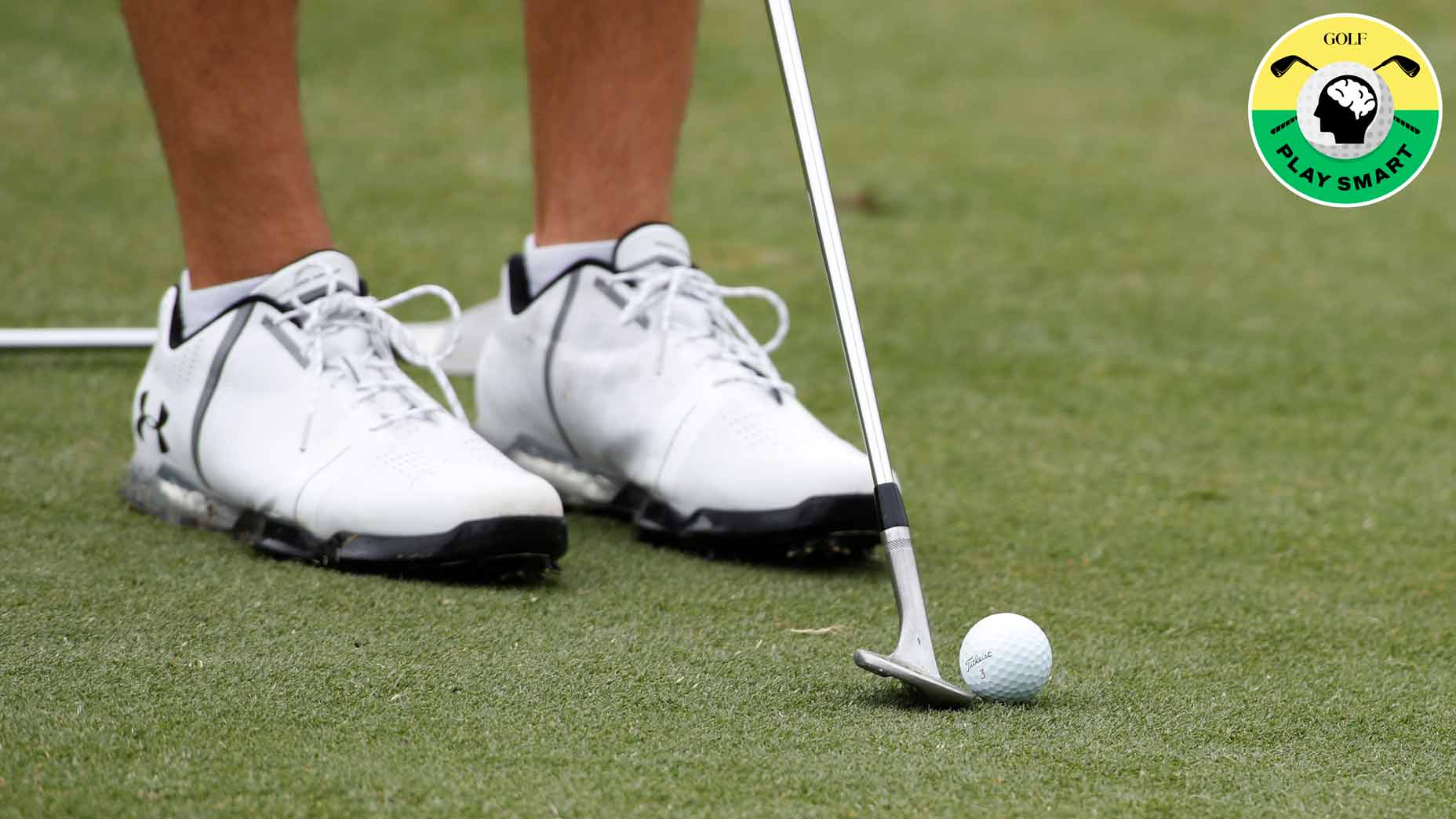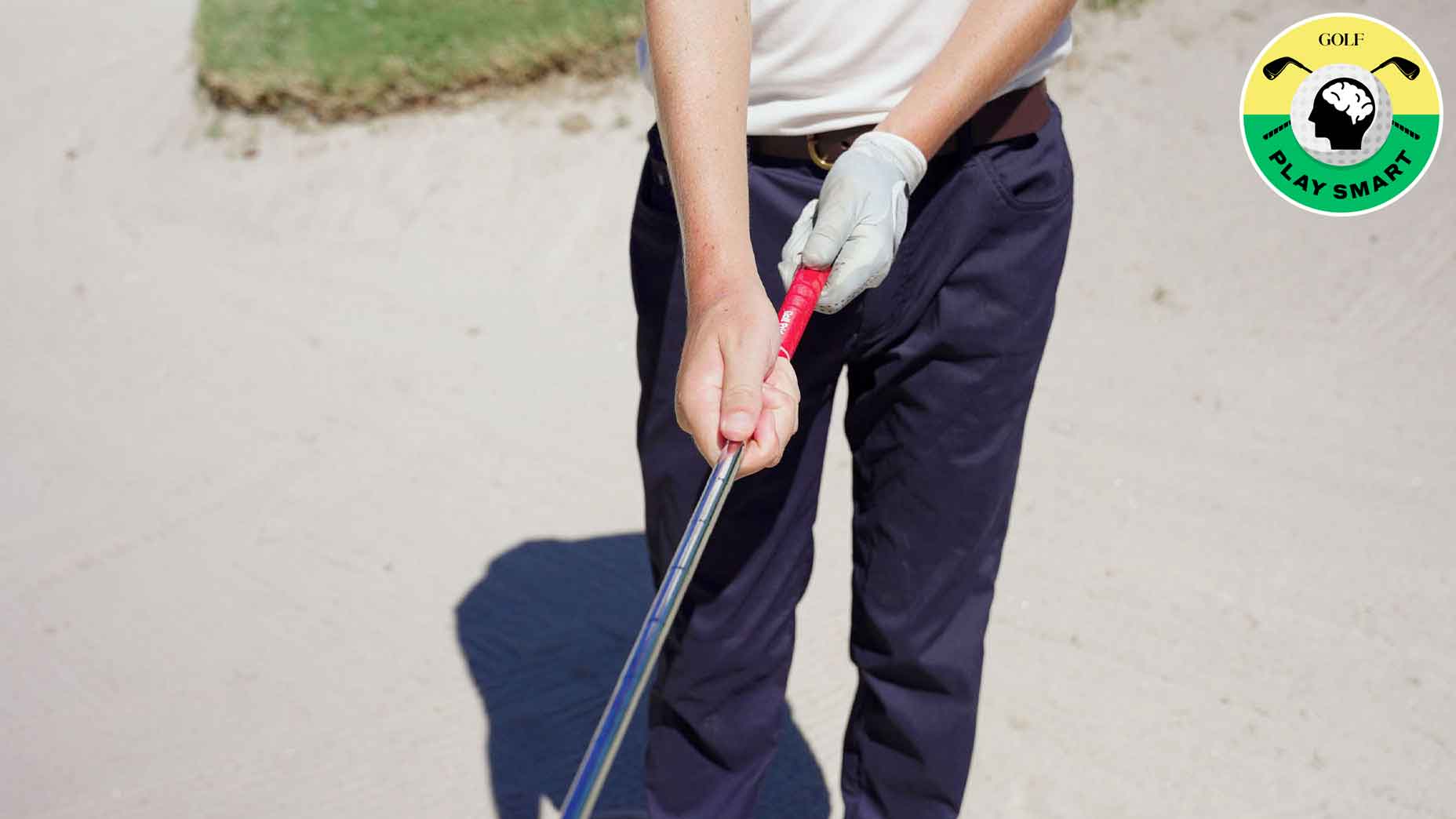Welcome to Play Smart, a column to help you play smarter, better golf from Game Improvement Editor Luke Kerr-Dineen (who you can follow on Twitter right here).
I spent the early part of Masters Sunday this year following around Cameron Smith, studying his putting for an article, and I’ve been thinking about it ever since. Seeing a man master his craft so well is a fleeting thing in golf, but when it comes to putting, Cam Smith has done it. He oozes a confidence that players and fans can feel. It becomes a surprise when he hits a put — any putt — that doesn’t end up in the hole.
And more often than not, they do.
This is outrageous from Cam Smith🤯#The150thOpen pic.twitter.com/Rvf5m1gKdl
— The Open (@TheOpen) July 15, 2022
Perhaps the most interesting thing about Smith’s approach is that it doesn’t involve any practice strokes. While the rest of us are busy making fast, aimless motions vaguely resembling the putt we’re about to hit, Cam Smith doesn’t bother. He spends his time doing something else instead.
“I don’t take a practice stroke,” he says. “The last thought of mine is to take a long, hard look at the hole and really feel the putt.”
You can see Cam Smith’s “long look” below. Watch closely over the weekend and you’ll notice it more and more. It’s the last thing he does before every putt.
No practice strokes, but a long look instead
By taking that long look at his target, Smith effectively takes a moment of zen to calm everything down, clear his mind, and focus only on the target. He’ll often do it on his full swing, too, but it’s on the greens where it’s most apparent. And in Smith’s mind, it’s the thing that makes it all work.
Cam Smith at the US Open.
— LKD (@LukeKerrDineen) July 15, 2022
Strong grip, shut face at the top. Can and does work the ball both ways, but stock shot seems to be aiming a bit right and hitting the tiniest pull draw. pic.twitter.com/BirnQnqcSX
“Taking that last look, seeing the ball roll over the the front with the pace that you like, doesn’t matter with it’s two feet of 100 feet,” he says. “It’s something I’ve always done and I think it’s key.”










